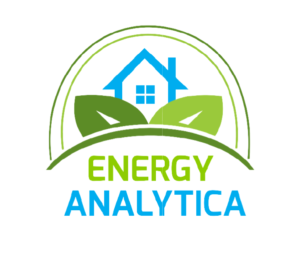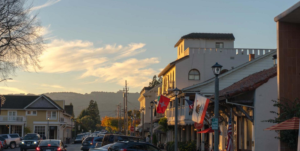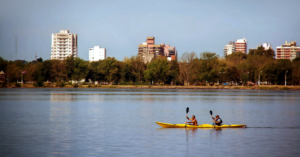In California buildings are categorized into two namely Residential – where people live, & Non-Residential- where people work. The categories and definition may appear simple but when you start to add variables like ‘number of stories’, ‘type of use’ it can quickly seem very complicated to understand. For example, how would you categorize a three story residential building with the first floor being used for non-residential purpose.
There is a huge difference between Residential and Non-Residential building requirements when it comes to code compliance. ‘Residential code’ is stricter as California moves towards Zero Net Energy for Residential in 2020. Hence a clear understanding of the categories is very important for designers and energy consultants to accurately classify a project to identify its code requirements.
Energy Analytica explores the California Energy Code and attempts to simplify these concepts.
- Mixed Low-Rise Residential and Nonresidential Occupancies: When a building includes both low-rise residential and nonresidential occupancies, the requirements are different depending upon the percentages of the conditioned floor that is occupied by each occupancy type.
- Minor Occupancy: When a residential occupancy occurs in the same building as a nonresidential occupancy, and if one of the occupancies is less than 20 percent of the total conditioned floor area, the smaller occupancy is considered a “minor” occupancy. Under this scenario, optionally, the entire building may be treated as if it is the major occupancy for envelope, HVAC, and water heating. Lighting requirements must be met for each occupancy separately. The mandatory measures applicable to the minor occupancy, if different from the major occupancy, would still apply.
- Mixed Occupancy: When residential occupancy is mixed with a nonresidential occupancy, and if neither occupancy is less than 20 percent of the total conditioned floor area, these occupancies fall under different sets of standards and must be considered separately. Two compliance submittals must be prepared, each using the calculations and forms of the respective standards.
- The three-story designation relates to multifamily buildings: since all single family homes fall under the low-rise residential requirements regardless of the number of stories. An apartment building with three or fewer habitable stories falls under the low-rise residential standards while an apartment building that has more than three habitable stories falls under the nonresidential standards. High-rise residential dwelling units must still comply with the lighting and water heating requirements for low-rise residential buildings,
In multifamily buildings, lighting in common areas is subject to all nonresidential requirements if the common area conditioned floor area (CFA) exceeds 20 percent of the building CFA. Where the common area does not exceed 20 percent of the building CFA, lighting must meet mandatory requirements.
- Habitable story: Mezzanines are not counted as separate habitable stories nor are minor conditioned spaces such as an enclosed entry stair that leads to an apartment or dwelling unit on the next floor. A habitable story is one that contains space in which people may live or work in reasonable comfort, and that has at least 50 percent of its volume above grade.
- Live/work buildings are a special case since they combine residential and nonresidential uses within individual units. Such buildings are a common form of new construction in San Francisco and some other urban areas of the state. Even though live/work spaces may be used for an office or a studio, they are typically heated and/or cooled like a residential building. For this reason the residential standards are more suitable. Either the low-rise or high-rise residential standards apply, depending on the number of habitable stories.
However, lighting in designated workspaces in live/work lofts must comply with the nonresidential prescriptive lighting requirements.
(Excerpted from CEC Title-24 Part 6 Residential Compliance Manual)




